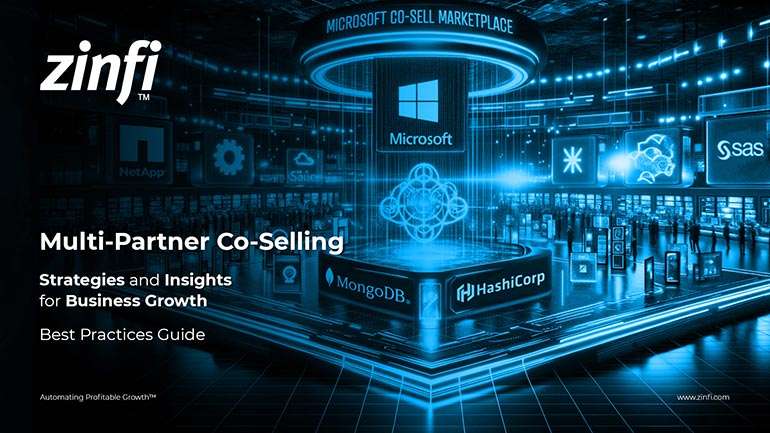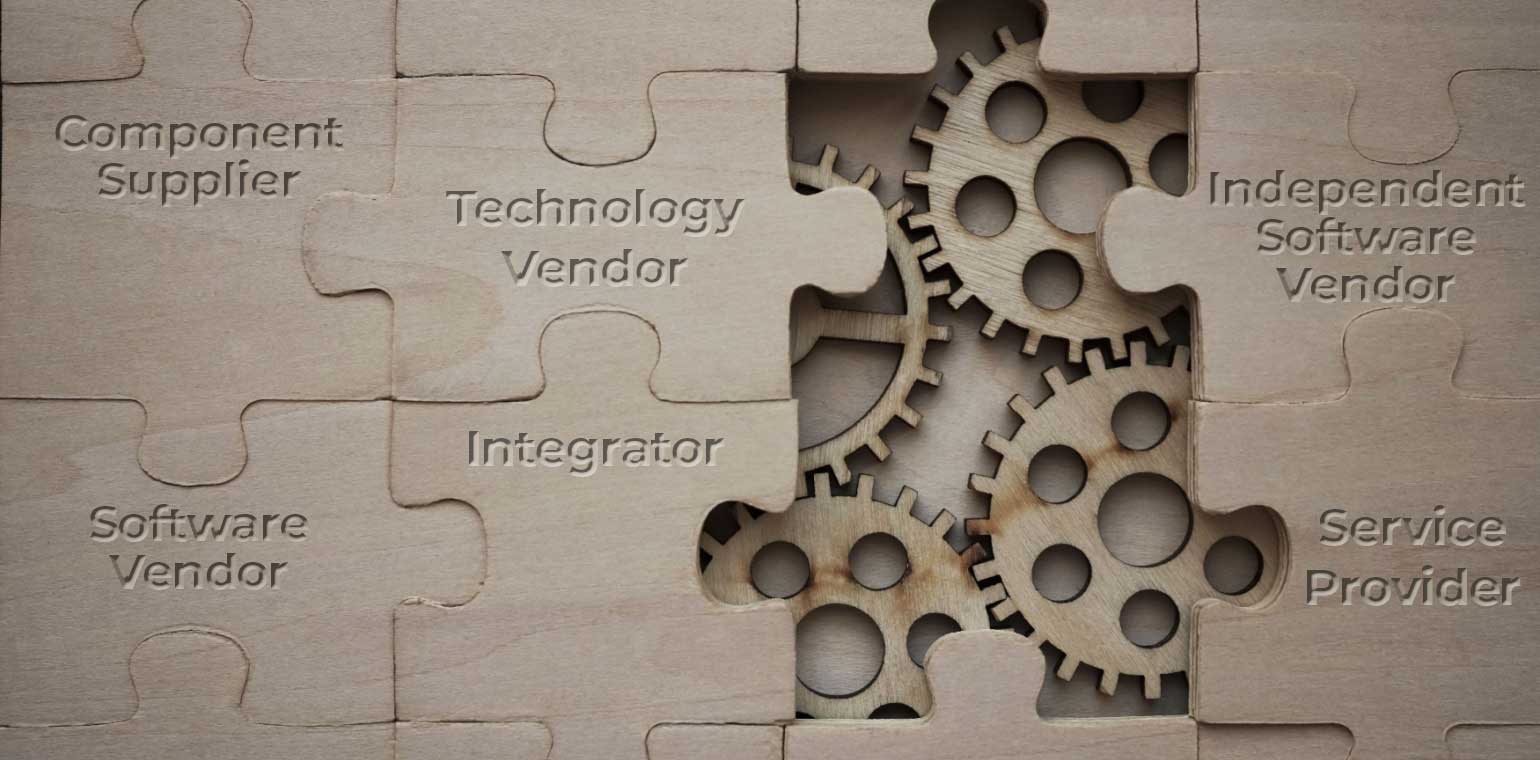Best Practices Articles

How to Create An Integrated Framework for Partner Relationship Management
Whether you are selling through the channel to end businesses or consumers, chances are you may be grappling with one or more of the following challenges: too much churn in your partner base, lack of partner marketing and sales competencies; poor marketing ROI from co-marketing activities; loss of sales velocity due to increasing channel management costs. While the success of a channel program depends on a multiplicity of factors like end user value proposition (product and solutions), partner business proposition (predictable profitable growth) and overall market growth opportunity, it takes an integrated partner relationship management (PRM) framework to successfully realize the true revenue potential of any organization selling through the channel.
In this overview, we will address multiple aspects of the partner relationship management framework, starting with partner recruitment and also covering partner training, partner engagement, multi-partner demand generation and performance management. Needless to say, at the epicenter of this partner relationship management framework is a very strong business proposition for the partner. (Please refer to our previous article on How to Stay Relevant To Your Partner Base to learn more about the core elements of a successful channel program.) Here are some guidelines on how you can build a partner relationship management framework step by step:
- Partner Portal - The first step in launching a partner relationship management framework is setting up a dynamic partner portal that can be used for partner recruitment, training, performance management and demand generation activities. Most companies today have some sort of a partner portal. However, lacking a dynamic content management system that can not only make content mobile-responsive, but also visitor-specific to reduce the time needed to find the right content, most partner portals fall short of meeting the objective of engaging and communicating channel programs and content to the target audience. It is vitally important that the partner portal not only incorporates a dynamic content management system but also provides a set of secure web services communication interface so that it can connect to other tools for functions like partner training and incentive management.
- Partner Recruitment - Whether you are an organization with a large channel network trying to engage existing partners into a specific set of channel programs, or an emerging start-up trying to build your channel, partner recruitment is always the first process step that to initiate a structured approach towards partner relationship management. Without a proper partner recruitment framework and the appropriate onboarding steps, the entire relationship can get off on the wrong foot. But if your organization follows a logical 30-60-90 day onboarding approach, it can increase partner satisfaction in these early stages of engagement, but also build partner engagement, resulting in substantial revenue acceleration.
- Partner Training - After recruitment, the next most important step is to provide a structured approach towards training the partner organization effectively with your channel programs. If you are recruiting a new partner, you could base your partner relationship management program on a combination of face-to-face training events plus online learning management systems (LMS). There are several reputable online LMS tools available, if you don’t have one already.
- Partner Engagement - Your partner relationship management platform must have effective engagement tools which should include a mobile-responsive dynamic partner portal, role-based content delivery, social marketing connectors, partner community, multi-touch email marketing, event marketing and microsite marketing and more. You need all these to effectively promote the various aspects of your channel programs. Partners are too busy for irrelevant content, so the more you can make your content and communication speak to their needs, the more engagement you will create with your partner base. Mindshare is everything. Having the right tools in your partner relationship management platform can make all the difference to how connected your partners feel to you.
- Partner Performance Management - The effectiveness of your channel program doesn’t just come from your ability to target the right partner and engage them into your channel initiatives, but from your ability to drive more demand. Sales are a competitive sport, highly driven by performance rewards and recognition. Your partner relationship management platform must include a set of integrated tools to manage market development funds, sales rewards, performance incentives and rebates.
- Multi-Partner Demand Generation - What’s the most effective way to drive demand? The very purpose of your channel is to sell more of your products and solutions. So, in the end all roads lead to this specific activity, the multi-partner demand generation program. Your partner relationship management platform again needs to have all of the strategic integrated marketing tools for Partner Marketing Management (PMM) that your partners are might want to use to run co-branded campaigns. The other side of the equation is that the platform should also provide you with the tools to track what campaigns are going well, what needs changing, and why partners are succeeding or not, using the campaigns and tools you have provided them. One of the core requirements for a best-in-class partner relationship management is its ability to provide dynamic reports and analysis.
- Deal Registration - If your channel program offers deal protection and registration, then your partner relationship management platform must provide dynamic deal registration and approval processes. Some CRM systems provide this capability, but if your traditional CRM platform is not purpose built for the channel then you may end up needing to invest a lot of time and money to make it work for your partner deal registration and protection activities. You need to weigh up whether you’d be better off switching to a purpose-built partner relationship management platform to reduce upfront investment and ongoing operations costs.
Having formulated your strategy for integrated partner relationship management, the next step is a complete assessment of your existing partner relationship management approach. This could very well start with an evaluation of the tools and technologies you are using, but it should definitely include the channel programs and other sales and marketing resources that you have deployed. The more successful organizations tend to prioritize profiling their existing partner base, and our article on How Partner Profiling Can Increase Your Channel Sales provides some useful detail. Once you have figured out which partners to focus on and how to engage them, then pulling together the right channel programs - from training to certification to market development activities - can be aligned within each country in which you operate. (Most companies have different levels of channel and channel management maturity from country to country. Your partner relationship management framework must be capable of adapting to the current conditions in each country and lay out a roadmap for channel maturity development.
With all that behind you, now is when it’s crucial to perform a full audit of your partner relationship management technology infrastructure. It needs to be state-of-the-art in order to deliver the necessary flexibility, customization power and performance visibility but the fact is that most organizations are usually getting by with a mishmash of patched-together tools and technologies –that are not genuine partner relationship management platforms. Yes, they might be used as partner portals connected to their existing CRM infrastructure, or as a marketing mechanism. Without a cutting edge partner relationship management platform that can streamline and automate all necessary channel activities, provide complete visibility, and deliver continual performance metrics, most channel management programs remain out of date and far from delivering on the true potential of partner relationship management.
Best Practices Guidebook
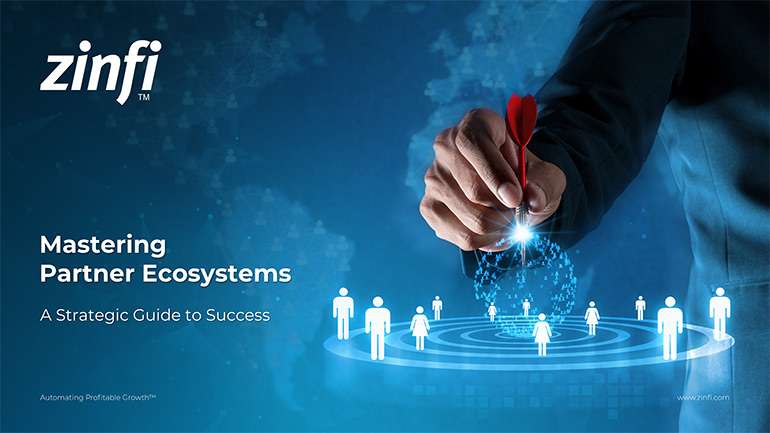 Mastering Partner Ecosystems Best Practices
Mastering Partner Ecosystems Best PracticesDownload Guide
 Mastering Partner Onboarding Best Practices
Mastering Partner Onboarding Best PracticesDownload Guide
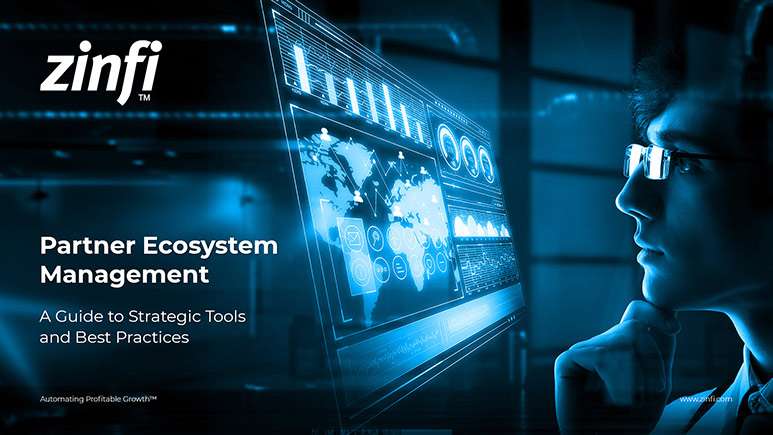 Partner Ecosystem Management Best Practices
Partner Ecosystem Management Best PracticesDownload Guide
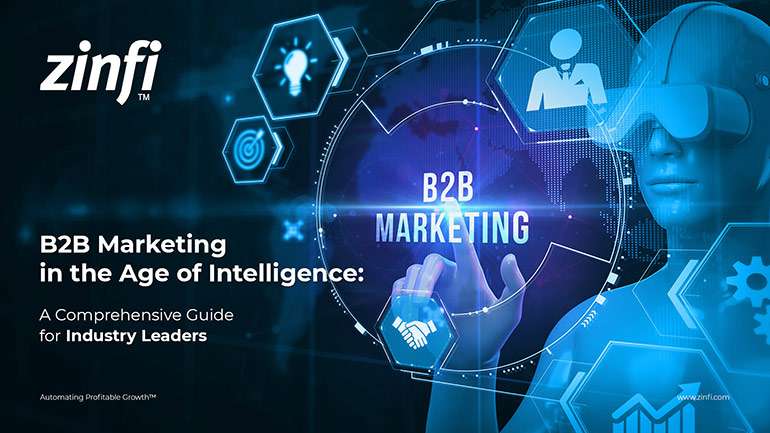 B2B Marketing in the Age of Intelligence Best Practices
B2B Marketing in the Age of Intelligence Best PracticesDownload Guide
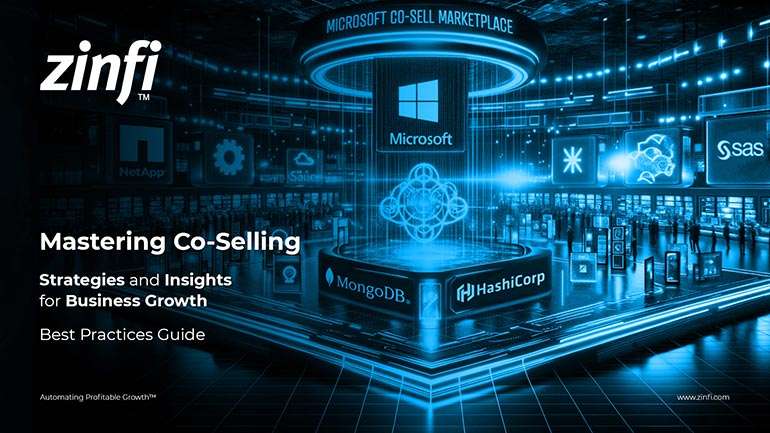 Multi-Partner Co-Selling Best Practices
Multi-Partner Co-Selling Best PracticesDownload Guide
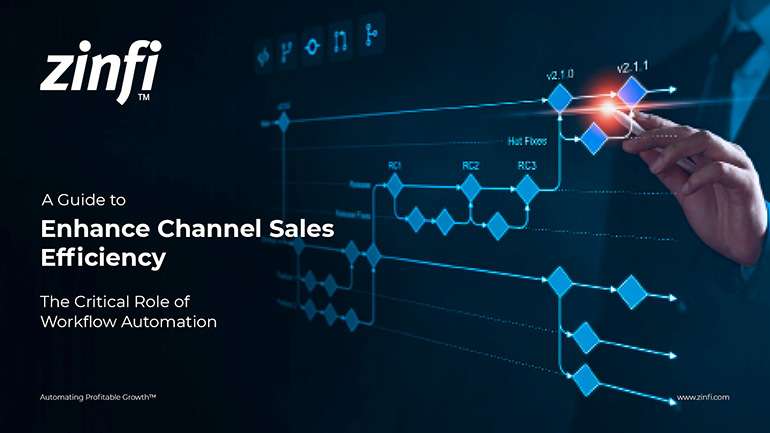 A Guide to Enhance Channel Sales Efficiency
A Guide to Enhance Channel Sales EfficiencyDownload Guide
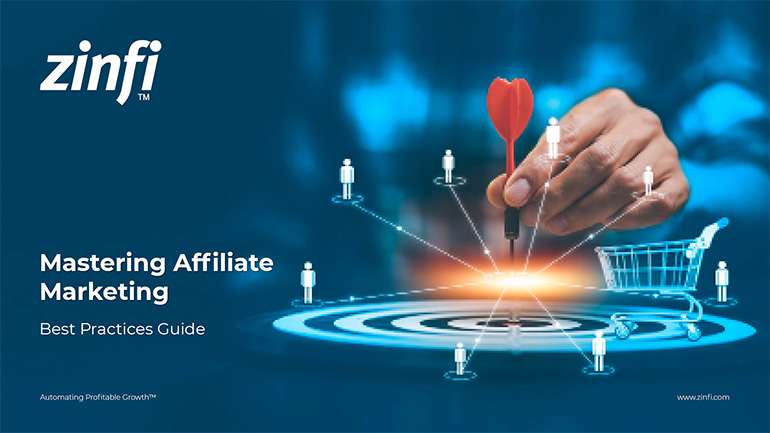 Mastering Affiliate Marketing Best Practices
Mastering Affiliate Marketing Best PracticesDownload Guide
 The Ultimate Guide to Channel Partner Management
The Ultimate Guide to Channel Partner ManagementDownload Guide
 Top 10 Trends in 2024 Partner Relationship Management
Top 10 Trends in 2024 Partner Relationship ManagementDownload Guide
 Building Bridges: Best Practices in PRM
Building Bridges: Best Practices in PRMDownload Guide
 Mastering Channel Marketing Best Practices
Mastering Channel Marketing Best PracticesDownload Guide
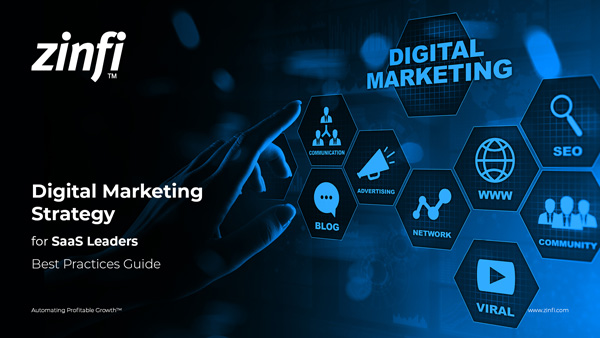 Digital Marketing Strategy for SaaS Leaders
Digital Marketing Strategy for SaaS LeadersDownload Guide
 Mastering Partner Management Best Practices
Mastering Partner Management Best PracticesDownload Guide
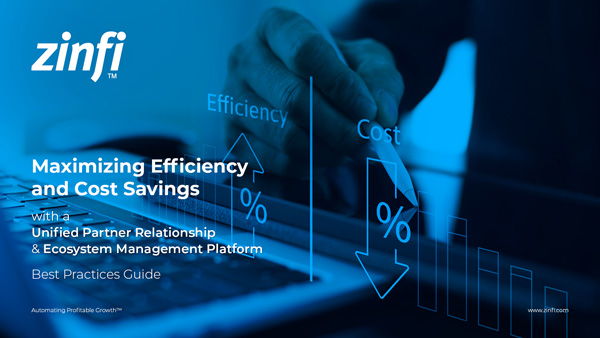 Maximizing Efficiency and Cost Savings with Partner Ecosystem
Maximizing Efficiency and Cost Savings with Partner EcosystemDownload Guide
 AI-Driven Partner Marketing Best Practices
AI-Driven Partner Marketing Best PracticesDownload Guide
 Agency Partners Best Practices
Agency Partners Best PracticesDownload Guide
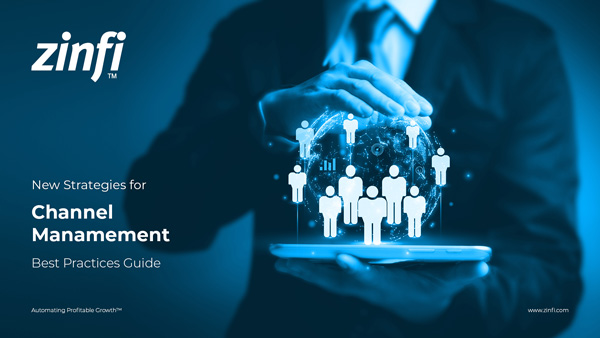 New Strategies for Channel Management Best Practices
New Strategies for Channel Management Best PracticesDownload Guide
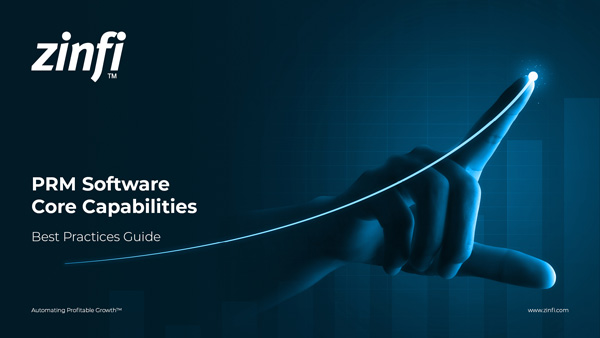 PRM Software Best Practices & Core Capabilities
PRM Software Best Practices & Core CapabilitiesDownload Guide


